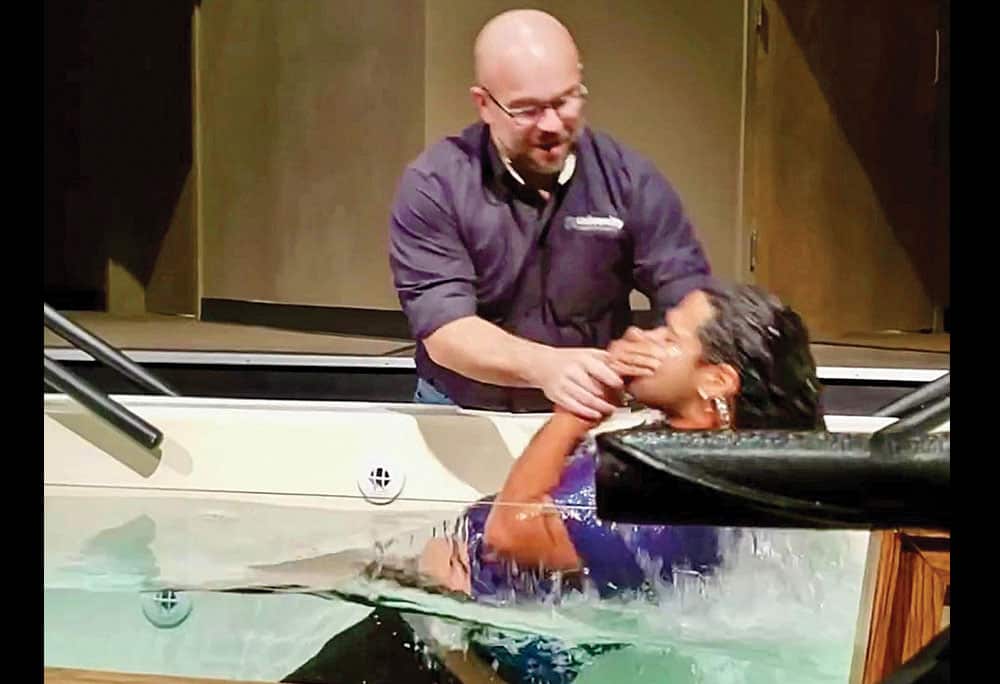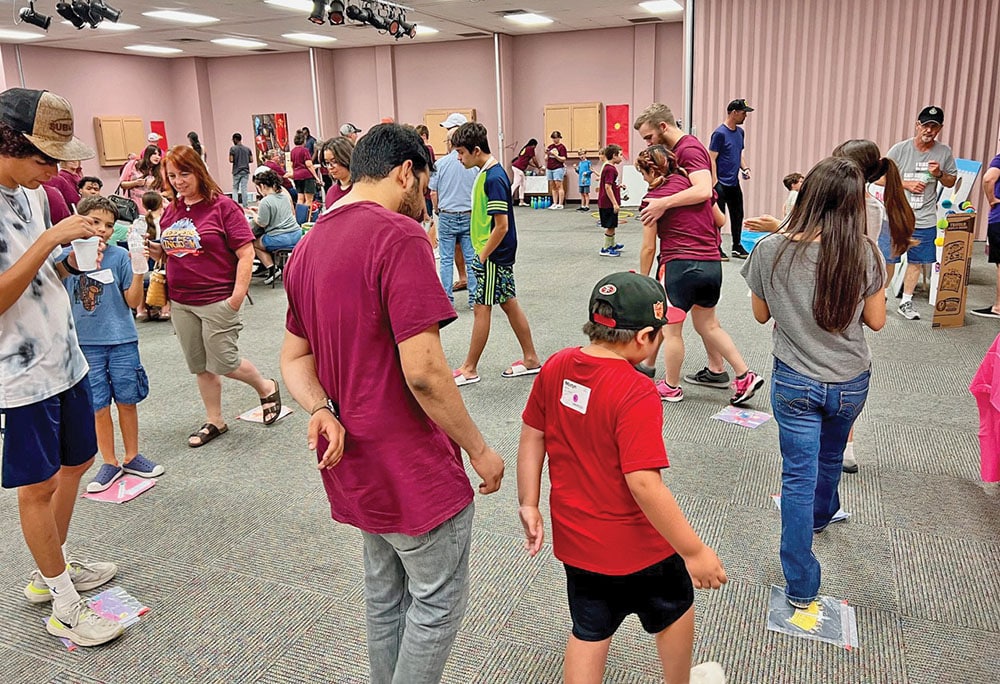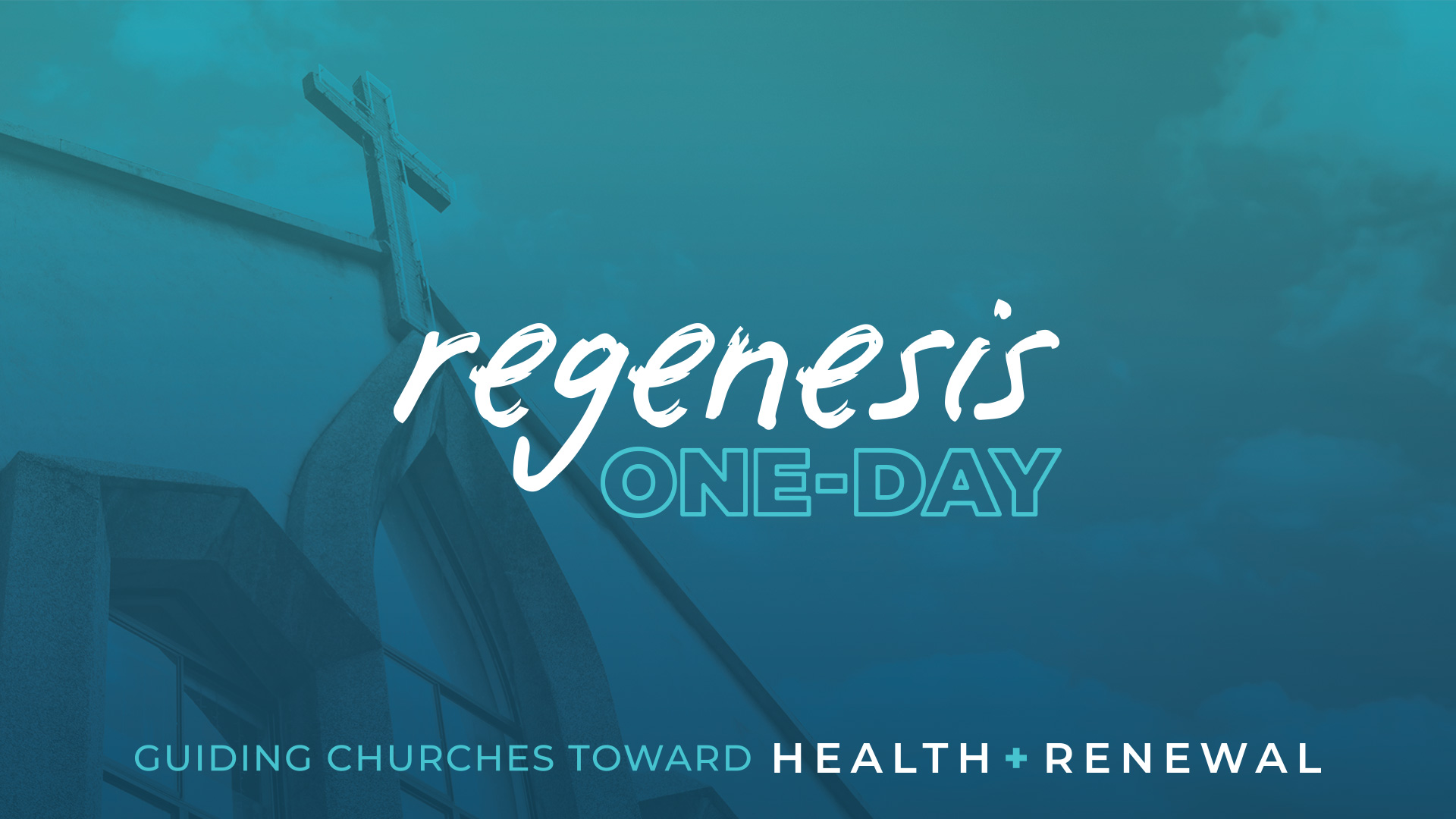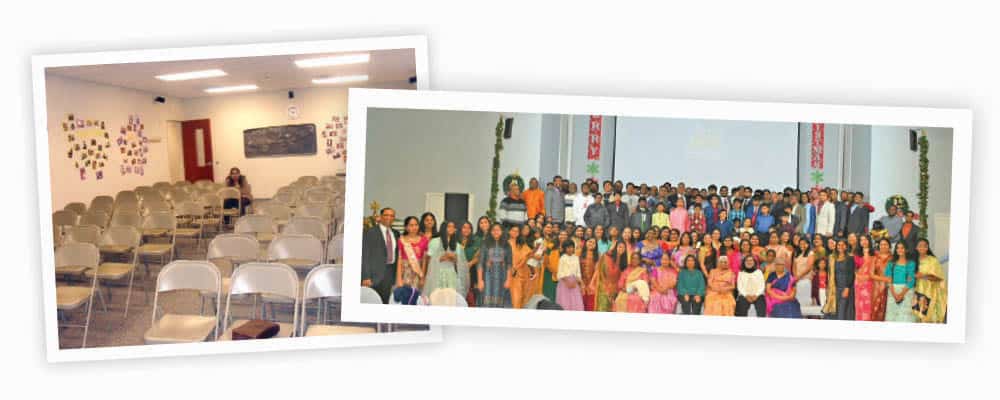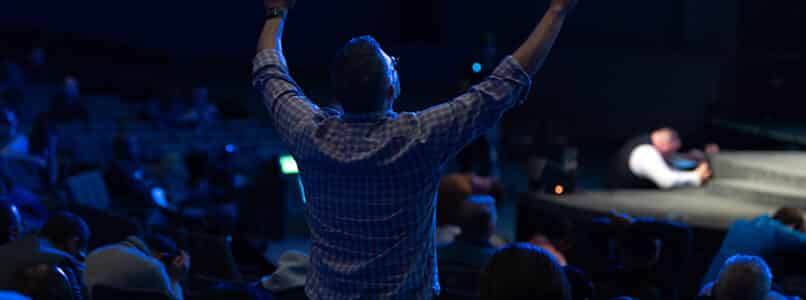CANADIAN—A massive cooperative effort among Southern Baptist Disaster Relief state teams, including Southern Baptists of Texas Convention Disaster Relief, rushed 1,031 large round bales of hay in early March to areas devastated by recent Panhandle wildfires.
By March 21, plans to transport 1,200 more bales were also underway. As of Sunday, March 24, an additional 1,600 bales of hay have been made available pending the arrangement of transportation.
The hay relief effort—which has also included the North American Mission Board’s Send Relief, the Texas Salvation Army, and a major corporation—started when SBTC DR was contacted March 8 with a request for help. SBTC DR Director Scottie Stice was flummoxed. SBTC DR crews, along with other state SBDR teams, had hurried to the Panhandle even as the wildfires raged. Feeding, shower and laundry, and recovery crews were busy. But how would the team acquire and transport hay?
“We can’t handle this. We don’t have the equipment. We don’t have the time. We don’t have the people. We don’t have semi-trucks or trailers,” Stice remembered telling the Lord.
On March 10, Stice sat in Sunday school at Tabernacle Baptist Church in Ennis thinking of the desperate need for hay. He looked at the whiteboard where the substitute teacher had written, “Ask God.”
So Stice did.
“I read it twice. Then I prayed and asked God,” Stice said. “I sent off a text message to other state DR directors. Before Sunday school was over, we had received a promise of two semi-truck loads of hay from Kentucky Baptist DR.”
The effort gained momentum from there, with SBDR teams from Missouri, New Mexico, Illinois, Tennessee, Ohio, and Arkansas—in addition to Kentucky—promising to help.
“Farmers and ranchers across the various states are donating the hay, by and large,” Stice said.
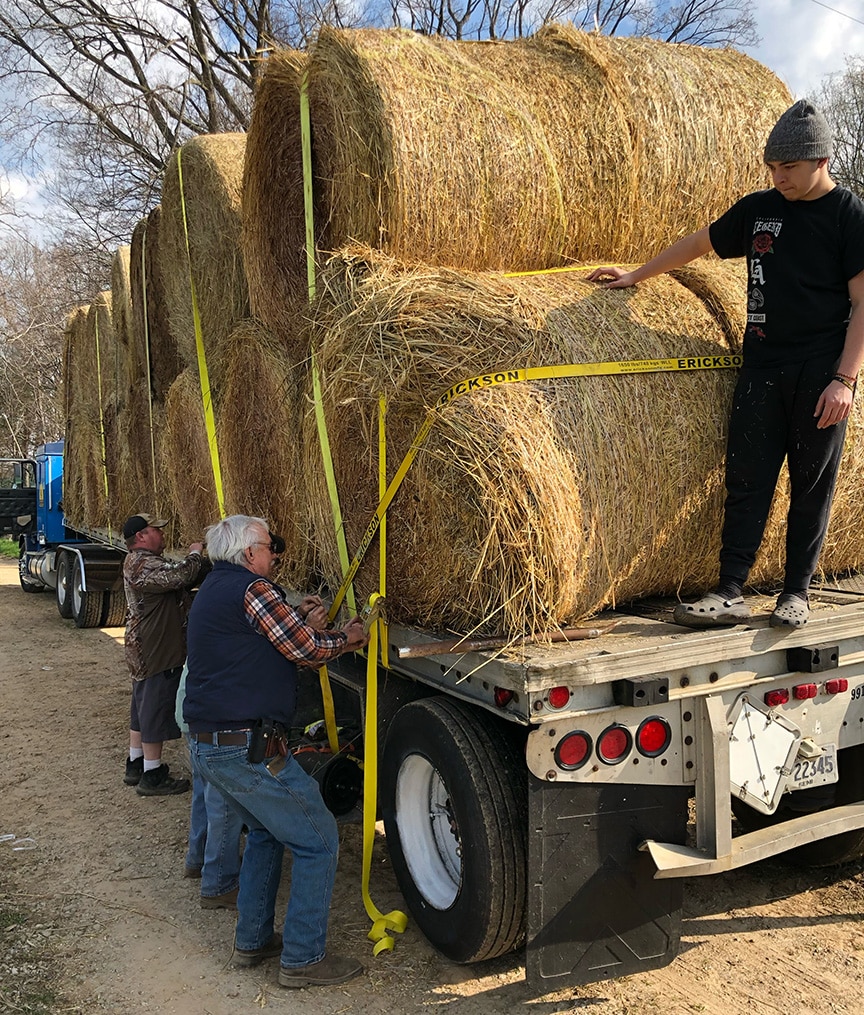
Send Relief provided some hay loads and a grant to facilitate distribution efforts, he said. More trucks were still needed, so Stice contacted the Salvation Army Texas Division Emergency Disaster Services notifying them of the need.
“We’ve been waiting on your call,” Director Alvin Migues said.
Within a day, the Salvation Army sent two trucks, two drivers, and rented trailers to Arkansas to pick up hundreds of bales of hay and transport them to sites in Borger, Canadian, and Pampa designated as hay depots by Texas A&M AgriLife agents. The AgriLife agents then began coordinating with ranchers to distribute the hay where it was needed.
A large corporation requesting anonymity also sent three semis with trailers to Arkansas. The effort is ongoing.
“It’s been a huge cooperative effort meeting a real need in West Texas,” Stice said. “This illustrates how Baptist DR teams and like-minded organizations can partner to get the Lord’s work done.”
Texas is home to some 11 million head of cattle, more than 85% located in the Panhandle, according to the Texas Department of Agriculture. Tens of thousands of head were affected by the fires which burned more than a million acres.
“Pray God will provide a means for us to get the hay where it is vitally needed,” Stice said.






